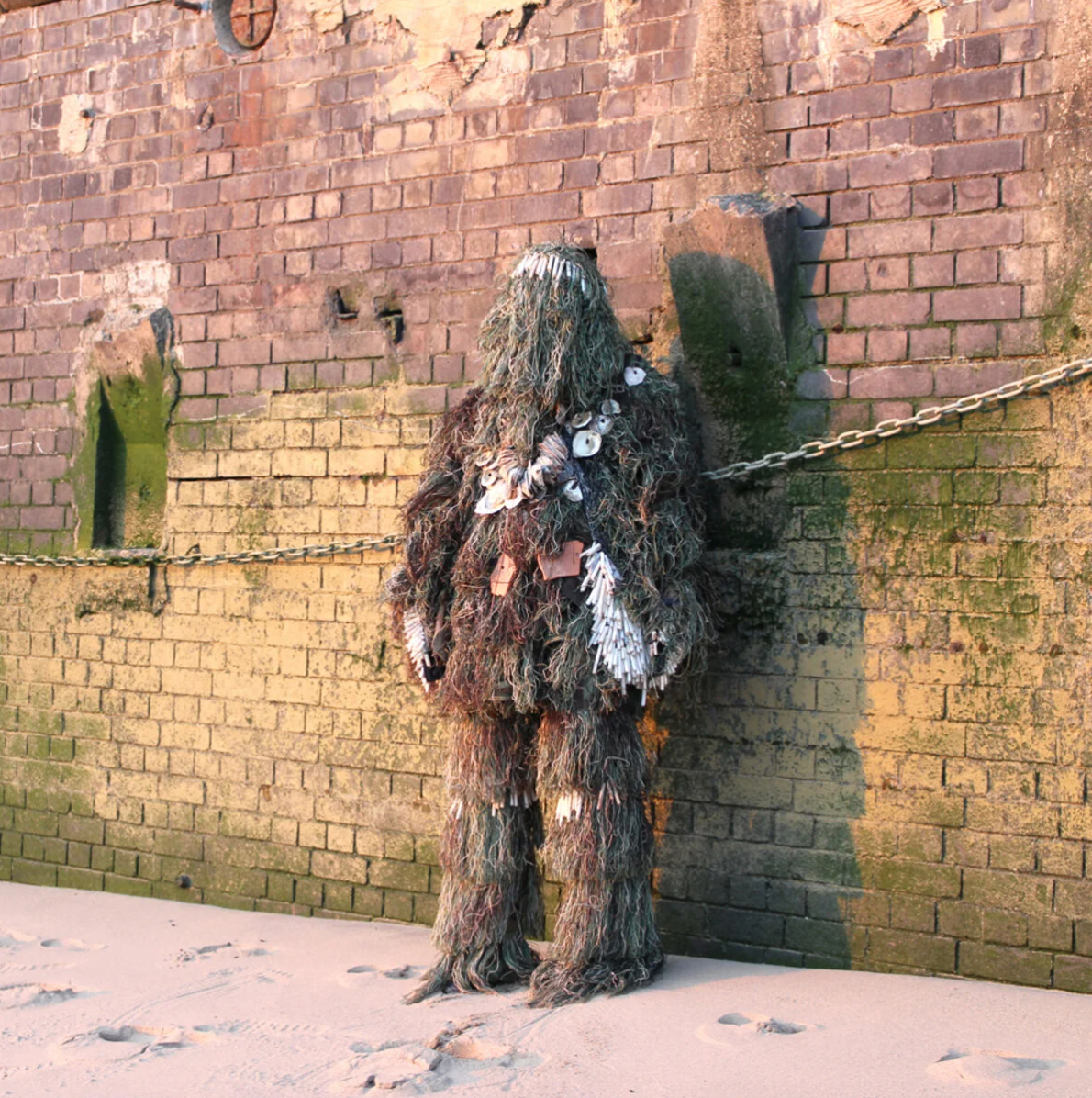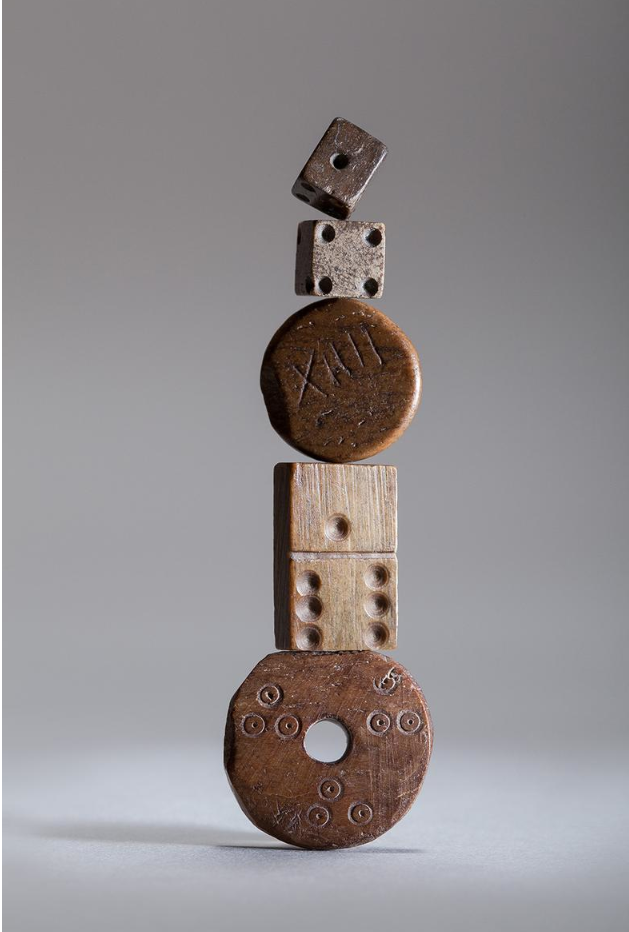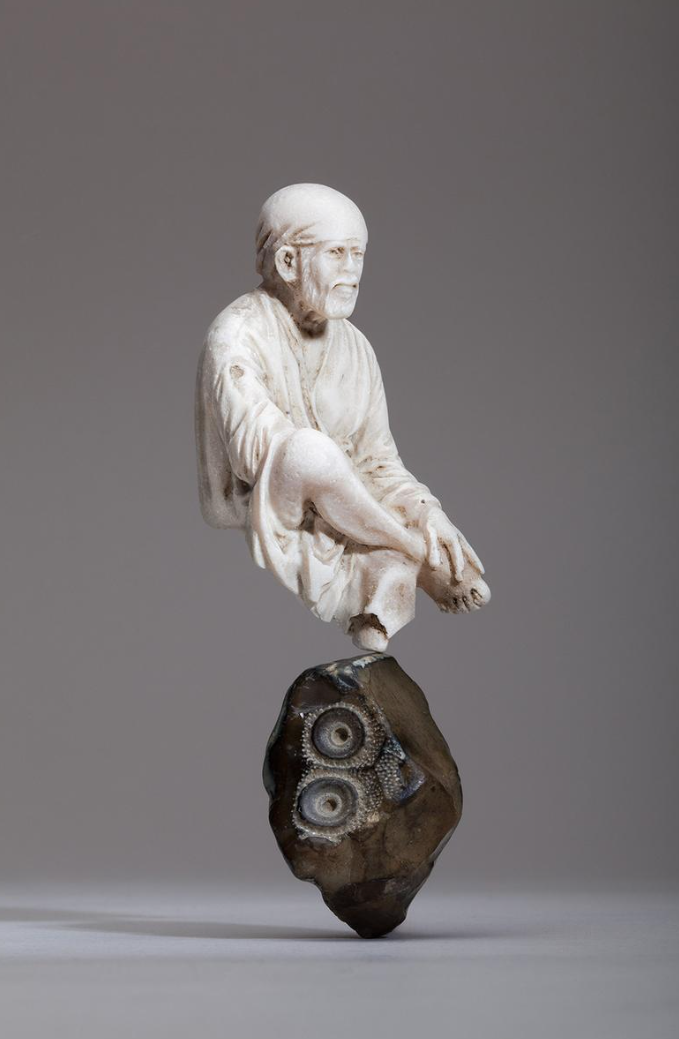Thames Festival Trust
Creative Producer
With TFT, I produced two multi-strand National Lottery Heritage Fund projects:
Foragers of the Foreshore was the largest mudlarking exhibition to date, showcasing extraodinary finds unearthed by Londoners from the Thames foreshore; from Roman toys to a prehistoric megladon shark tooth. Over five floors of the Bargehouse at Oxo Tower Wharf, the exhibition brought together 35 mudlarkers with hundreds of their finds, 17 site-specific artists, 4 archeologists, 9 public speakers, and a cafe with 2 forager chefs!
The World’s Oldest Boat Race recorded the oral histories of London’s Watermen and Lightermen, including families who have been working on the Thames for nine generations. Outputs included new portrait photography, a documentary film, an events programme, a digital archive and two exhibitions outside Tate Modern and at Guildhall.
Mudlarker Si Finds introduces the Foragers of the Foreshore exhibition.
Foragers of the Foreshore was curated by mudlarker Florence Evans and Eva Tausig for Totally Thames 2019.
Foragers of the Foreshore featured photography of mudlarkers and their finds by the talented Hannah Smiles, some of which is featured below. More of Hannah’s work can be found here.

Thames Plastics. Photo: Hannah Smiles

Exhibition on the South Bank. Photo: Gabor Gergely

Three generations of Dwan family watermen. Photo: Hydar Dewachi

Foragers of the Foreshore at The Bargehouse. Photo: Gabor Gergely

Mudlarker Anna Borzello. Photo: Hannah Smiles

Taking local schools mudlarking!

Talk with mudlark Lara Maiklem at Foragers of the Foreshore exhibition.

Foragers of the Foreshore exhibition at The Bargehouse. Photo: Gabor Gergely

Artist Ashleigh Fisk's 'Genius Loci of the Thames' at Foragers of the Foreshore

Artists Susi Arnott & Crispin Hughes film 'Duck' at Foragers of the Foreshore

Stills from Johnny Mudlark's journal

Artist Irma Irsara's 'Monster Soup', a film showing closeups of Thames micro-plastics

Mudlarkers at Albert Bridge by artist Chris Orr RA

Millefiori (‘mosaic’) Trade Bead, c. 18th century Millefiori - from Italian ‘mille’ (thousand) and ‘fiori’ (flowers), is a glasswork technique most frequently associated with Venetian glassware. ‘Trade’ or ‘slave’ beads were used in early trade networks between Europe and Africa. Glassmaking was uncommon in Africa, so the beads were highly sought after when Portuguese trading ships arrived on the coast of West Africa to trade for gold, slaves, ivory and palm oil. Photo: Hannah Smiles

Hand-carved Bone Gaming Pieces The dice and domino are c. 17th Century. The 'XIII' piece is Roman, AD 100-300. The piece with three sets of dots is medieval. Photo: Hannah Smiles

Convict Gallows Token, 1677 This Charles II penny was rubbed flat before being scribed by an unknown soul in 1677. Presumably it was made for either a family member or friend as a forget-me-not, or to sell for food and better treatment to make a prsion term more comfortable. Photo: Hannah Smiles

Alabaster figurine of the Indian spiritual master, Sai Baba (d. 1918), circa 20th century; balanced on a Jurassic period fossilised sea urchin, 'echinoid cidaris'. Photo: Hannah Smiles

Medieval Pilgrim Badge, c. 1300-1500, depicting the martyrdom of Thomas Becket. Photo: Hannah Smiles